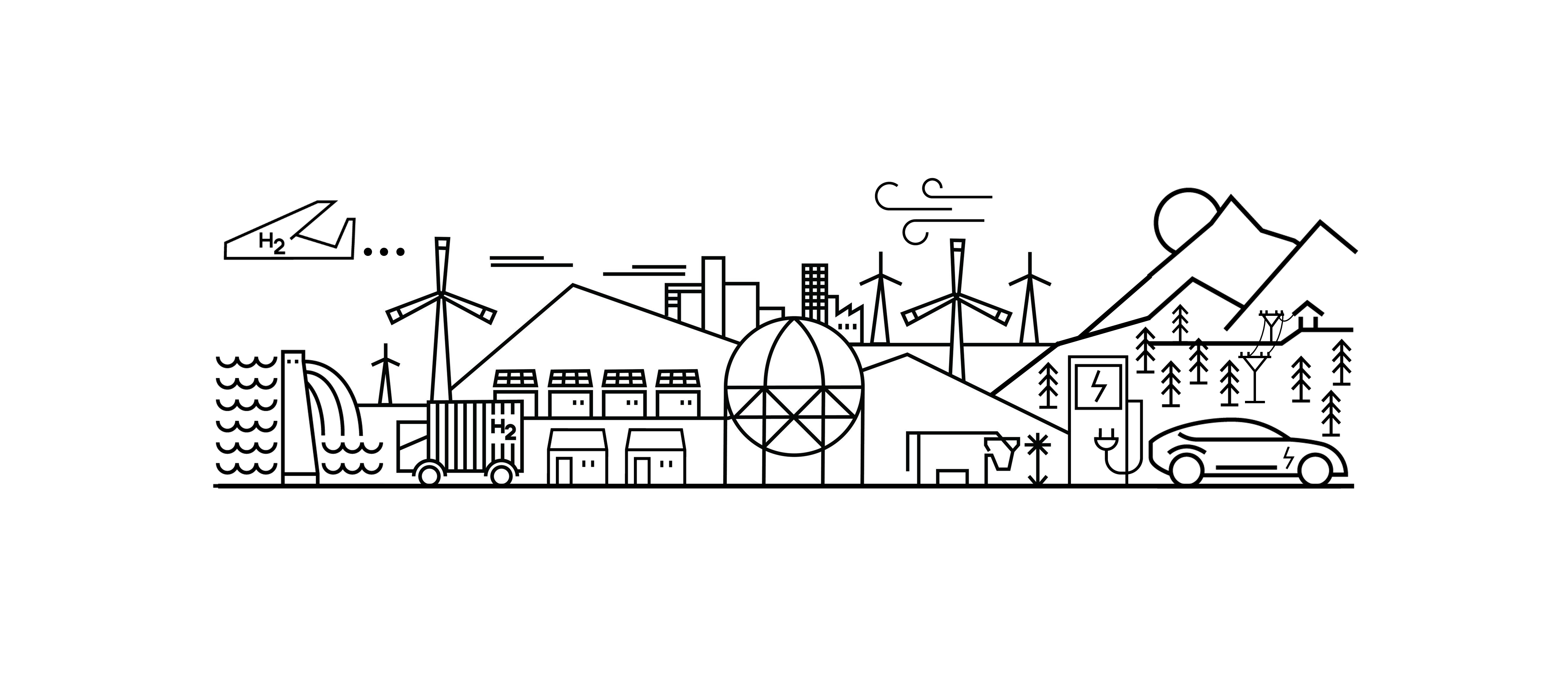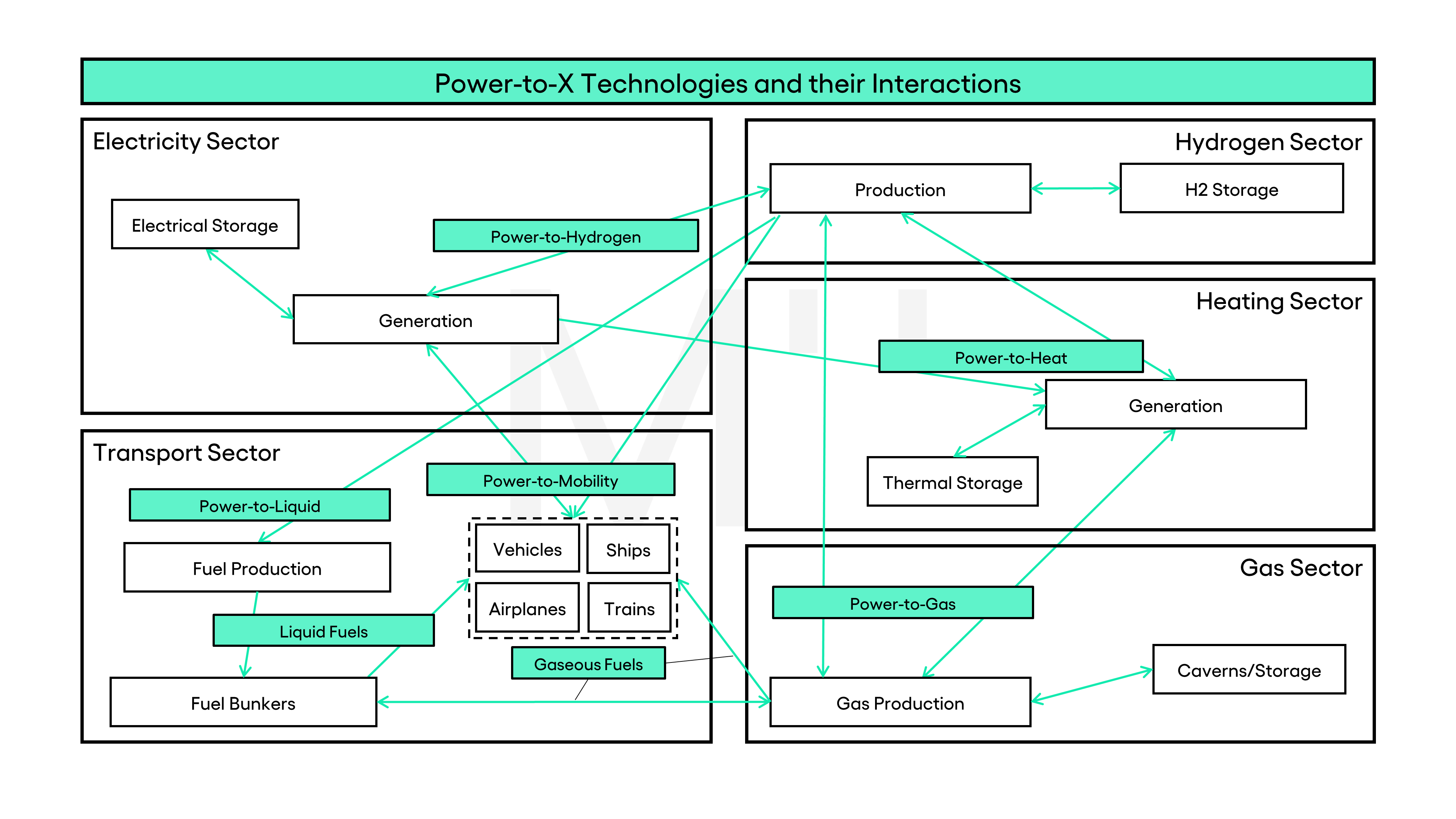As the penetration of renewable technologies increases in our electricity grid, the concern for the stability of the grid has substantially increased. A grid that was designed for large, centralized and fairly predictable power plants is not well-suited for the integration of distributed, and inherently variable renewable energy. Not only that, on the demand-side increased variability is also expected. As the existing ‘consumers’ transition to ‘prosumers’ – back-feeding electricity into the grid such as in the case of rooftop solar PV.
Moreover, there is also an observable shift happening from day-night demand characteristics i.e. demand is becoming more and more flexible (and in some cases unpredictable) with the electrification of various sectors. A case in point being electro-mobility, where high power loads can be connected anywhere and anytime to the grid. These paradigm shifts from the conventional way the electricity was produced and consumed has compounded their adversarial impacts; necessitating a redesign of electrical infrastructure with modern considerations in mind.

The importance of storage as a measure to relieve grid instability is already established. The pumped hydro projects are exclusively used for grid balancing and generation offset purposes. Moreover, newer technologies such as Li-ion batteries, flywheel, compressed air storage are making rounds in different commercial and pilot projects – with varying levels of technical and commercial success.
Continental grid projects such as DESERTEC and ASEAN Power Grid are an example of connecting large land masses to improve the electrical demand and production characteristics. Even though the EU Super Grid also serves this purpose, more or less, this was never envisaged to be its operating modality. The EU Super Grid was originally designed to provide balancing power among neighboring countries for grid stability under the IGCC platform; instead of high-volume energy transport. Thereby, reinforcement of cross-border interconnections was proposed under EU Green Deal to account for higher cross border energy flow, paving the way for a more integrated EU internal energy market.
The challenges faced can be greatly resolved by connecting the electricity sector with different sectors, such as: transport, heating, and fuel production. This approach is known as ‘sector coupling’ and is enabled by various ‘Power-to-X’ (P2X) technologies – mostly focusing on fuel generation and substitution. The conversion of electricity to a ‘X’ medium enables the ‘storage’ and ‘transportation’ of electricity using infrastructure other than electrical grid. This not only limits unnecessary grid extensions and reinforcements, but also, enables further sectors which cannot be readily electrified to indirectly transition to renewable energy; wherever the technical and economical hurdles can be overcome.

Even though these technologies have demonstrated technological competence, the biggest hurdle to large scale commercial deployment is economics and efficiency. Theoretically, these technologies assume a surplus of renewable electricity in the grid, which can be used to generate and store varied energy products while the electricity is cheap. And, then use the produced energy products to meet the later demands.
This abundance of renewable electricity also theoretically covers the low conversion efficiencies of these technologies. However, this is not the case as the grid is still largely dependent on fossil-fuels, and conversion and then reconversion neither makes technical nor economic sense.